Does Phlox Need Deadheading: Learn About Deadheading Phlox Plants
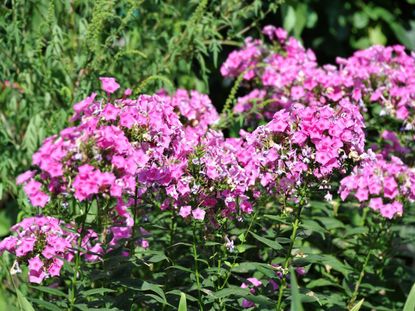

Deadheading is one of those chores that is, well, just a bore. In nature no plants get deadheaded, and they do just fine, but in the home garden, however, the practice can encourage more blooms and keep plants looking tidy. Does phlox need deadheading? That depends on who you ask. Every gardener has their own opinion.
Does Phlox Need Deadheading?
Phlox, with their airy foliage and bright blooms, have an added bonus. A sweet, heavenly scent. Phlox will reseed itself so there need never be a year without these lovely flowers. Deadheading phlox blooms will prevent much of that reseeding. Removing phlox flowers that are spent has this benefit and a few others as well.
Some gardeners deadhead phlox flowers to confine the spread of the plant. Since phlox is a perennial, the resulting seedlings can become weedy and often do not bloom. Deadheading the plants allows the parent plant to focus on providing blooms and keeping the main crown healthy.
You can then divide the plant every two to three years and make more of this lovely bloomer if you wish. These divisions will bloom true to the parent and are a better and quicker way of continuing the species.
What Happens When You Deadhead Phlox Flowers?
Happily, deadheading keeps the plant looking its best, which is a blessing for us neurotic gardeners. It is a tedious process, as the plant is a prolific bloomer and the flowers are not large. Removing phlox flowers actually encourages another bloom.
If plants are in a region where cold temperatures arrive late in the season, deadheading early enough can result in a full head of flowers just as summer ends. Additionally, the practice keeps the plant from focusing energy on keeping those old flowers going and can move to fueling root growth, foliar production, and more little flower buds.
How to Remove Spent Phlox Blooms
This is not a chore for an antsy person, as it takes patience. You can use garden pruners, but a better choice are small snips or scissors. The stems aren't thick and such tools allow better control and access.
Gardening tips, videos, info and more delivered right to your inbox!
Sign up for the Gardening Know How newsletter today and receive a free download of our most popular eBook "How to Grow Delicious Tomatoes."
Once petals begin to drop and fade, remove clusters 1/4 inch (6 mm.) above the new bud that is forming on the stem.
Do this as you see blooms fading. Once all the buds have broken and faded, cut the entire flower stem where it emerges from the plant. New growth will form while midseason flower stems continue to produce.

Bonnie Grant is a professional landscaper with a Certification in Urban Gardening. She has been gardening and writing for 15 years. A former professional chef, she has a passion for edible landscaping.
-
 How To Get Rid Of Mosquitoes In The Garden: 9 Natural Ways To Make Them Buzz Off!
How To Get Rid Of Mosquitoes In The Garden: 9 Natural Ways To Make Them Buzz Off!How to get rid of mosquitoes is on the minds of people in the summer in almost every region of the world. Learn how to repel the pests without toxic chemicals.
By Mary Ellen Ellis
-
 Monkey Orchid Care: How To Grow This Fascinating Species
Monkey Orchid Care: How To Grow This Fascinating SpeciesThe monkey orchid bears a remarkable resemblance to its namesake and, with a little know-how, can be successfully grown as a houseplant.
By Bonnie L. Grant
-
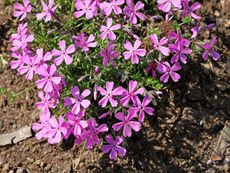 Tips For Growing Prairie Phlox In The Garden
Tips For Growing Prairie Phlox In The GardenPrairie phlox flowers are delicate pink and purple clusters of blooms that bring cheer to any garden. Read on for more.
By Mary Ellen Ellis
-
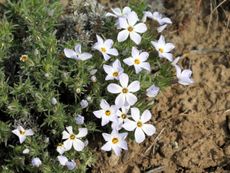 What Is Hood’s Phlox - Hood’s Phlox Info
What Is Hood’s Phlox - Hood’s Phlox InfoBy Mary Ellen Ellis
-
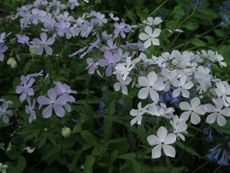 Caring For Woodland Phlox Flowers: How To Grow Woodland Phlox Plants
Caring For Woodland Phlox Flowers: How To Grow Woodland Phlox PlantsIf you would like to bring blue woodland phlox flowers into your garden, you’ll want to know how to grow woodland phlox. For information about woodland phlox flowers, and tips on how to grow them, the following article will help.
By Teo Spengler
-
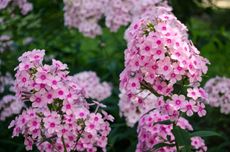 Dividing Phlox Plants – Learn How To Divide Phlox In The Garden
Dividing Phlox Plants – Learn How To Divide Phlox In The GardenGarden phlox has long been a favorite garden plant. However, if after a few years your phlox plants fail to bloom as magnificently as they once did, this may be a sign that they need to be divided. Click this article to learn how to divide phlox plants.
By Darcy Larum
-
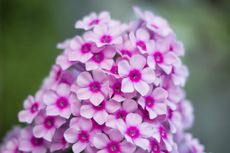 Garden Phlox Plants: Tips For Growing And Care Of Garden Phlox
Garden Phlox Plants: Tips For Growing And Care Of Garden PhloxNothing beats the appeal of garden phlox plants. These tall, eye-catching perennials are ideal for sunny borders. Growing hardy garden phlox is simple and so is its general care. This article will help.
By Jackie Carroll